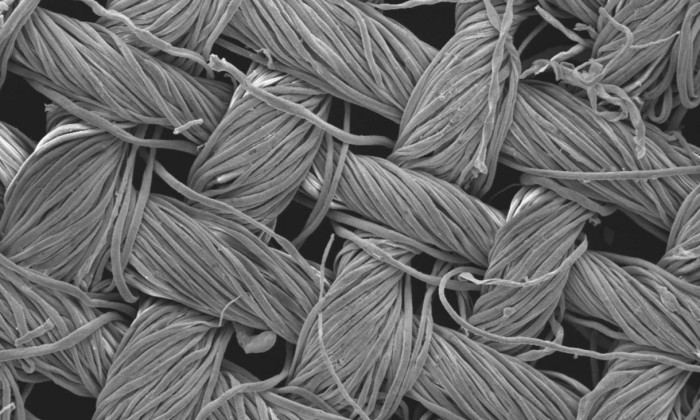
An unsightly tomato sauce spill at a restaurant could one day simply clean itself thanks to pioneering research by scientists at RMIT University in Melbourne, Australia. According to a paper published in the high-impact journal Advanced Materials Interfaces, advancements in the field of nano research could make self-cleaning textiles a possibility in the near future.
The team, led by Dr Rajesh Ramanathan developed a cheap and efficient new way to grow special nanostructures, which can degrade organic matter when exposed to light. When these structures are exposed to light, they receive an energy boost that creates “hot electrons”. These “hot electrons” release a burst of energy that enables the nanostructures to degrade organic matter.
By growing these nanostructures directly onto textiles, the team was able to develop stable nanostructures within 30 minutes.
The work paves the way towards nano-enhanced textiles that can spontaneously clean themselves of stains and grime when exposed to light.
“The advantage of textiles is they already have a 3D structure so they are great at absorbing light, which in turn speeds up the process of degrading organic matter,” says Ramanathan. “There’s more work to do to before we can start throwing out our washing machines, but this advance lays a strong foundation for the future development of fully self-cleaning textiles.”
The next step will be to test the nano-enhanced textiles with organic compounds that could be more relevant to consumers, to see how quickly they can handle common stains like tomato sauce or wine, adds Ramanathan.
The novel process has a variety of applications for catalysis-based industries such as agrochemicals, pharmaceuticals and natural products, and according to Ramanathan, it could be easily scaled up to industrial levels.






